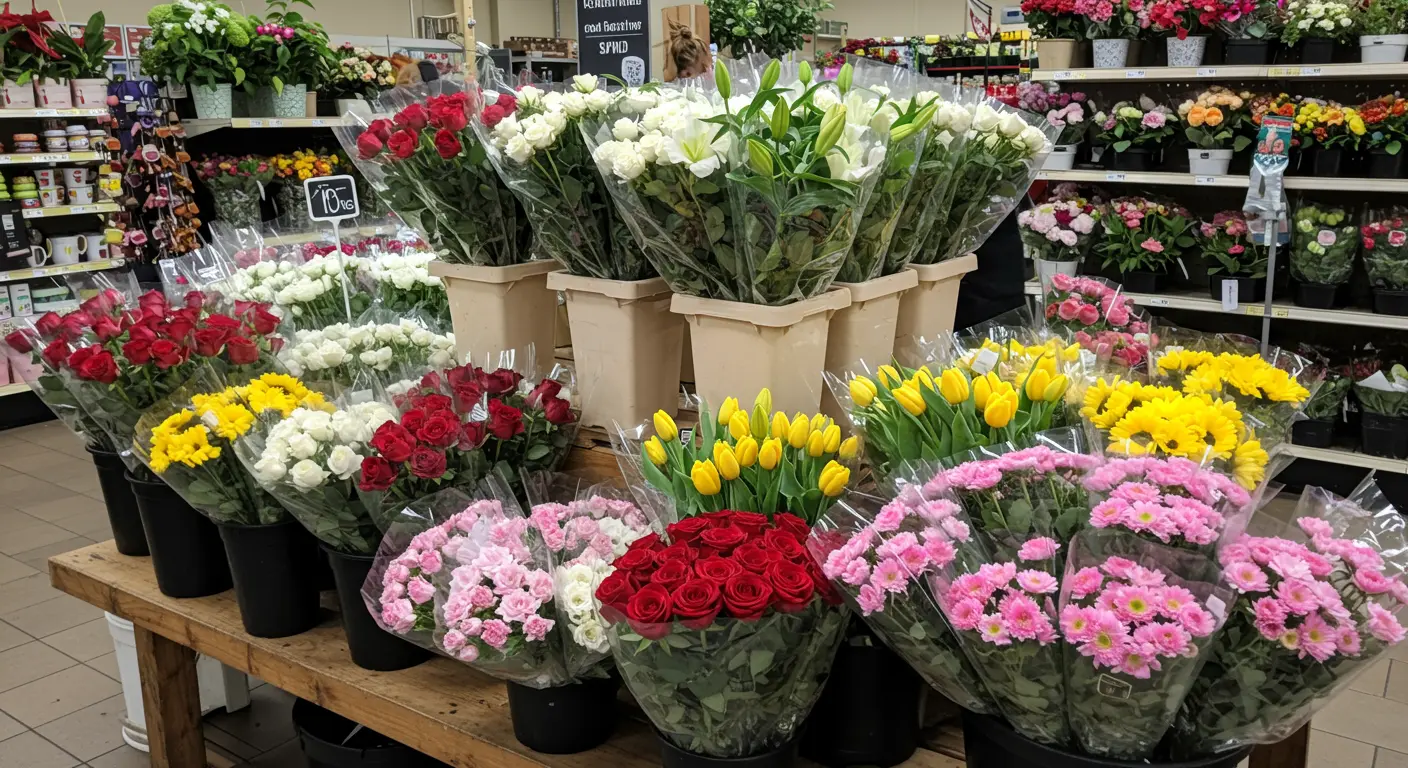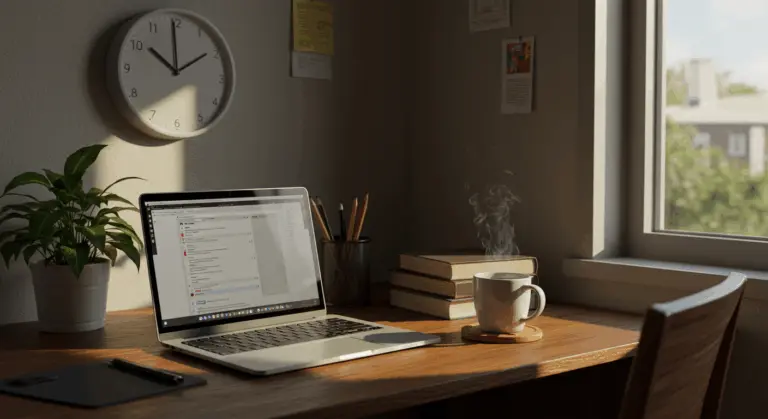Grocery Store Flowers – Prices, Arrangements, and Comparisons

Understanding Grocery Store Flowers – Prices and Quality
When you need flowers but don’t want to break the bank, grocery store blooms present a convenient and budget-friendly alternative to traditional florists. These accessible flowers have become increasingly popular for everyday occasions, spontaneous gifts, and even last-minute event decorations. But how do they truly stack up against their flower shop counterparts?
The fundamental distinction between grocery store flowers and florist selections comes down to a straightforward trade-off: affordability versus longevity. Grocery stores typically offer significantly lower prices, making beautiful blooms accessible to more people. Yet this budget-friendly approach means these blooms generally won’t stay fresh as long as specialty shop selections.
Florists invest in specialized care, premium growers, and expert handling, plus they offer personalized service. The result is Blooms that typically stay fresh longer and deliver superior long-term value despite that higher upfront cost.
Affordable Bouquets – What to Expect
Grocery store flowers are impressively affordable—basic bouquets typically range from $3.99 to $20, making beautiful blooms accessible for regular purchases or those delightful spontaneous gestures. These budget-friendly options usually feature popular blooms that appeal to a wide audience and are easy to maintain.
You’ll commonly find roses, tulips, and lilies gracing grocery store floral sections. A dozen roses often costs between $10 and $15—dramatically less than the $30 to $60 you might encounter at a dedicated flower shop.
Convenience is another major advantage. Simply grab a bouquet during your regular shopping trip, eliminating that extra stop at the florist. Perfect for brightening your home or surprising someone special.
Quality Indicators – Freshness and Longevity
There’s a noticeable difference in longevity between grocery store flowers and florist selections. Grocery store bouquets typically grace your home for 4 to 7 days with proper care. Specialty shop flowers? They often remain vibrant for 7 to 10 days or longer. This difference stems from several factors: handling practices, storage conditions, and time elapsed since harvesting.
To identify the freshest blooms, look for these signs of freshness:
-
Vibrant, consistent coloring
-
Firm, upright stems
-
Tightly closed buds (for flowers like roses and tulips)
-
Crisp, green leaves without yellowing or browning
Steer clear of bouquets displaying wilting, drooping petals, or slimy stems—clear signals that these flowers have seen better days.
Several factors explain this difference. Flower shops typically maintain specialized cooling systems and employ trained staff who handle blooms with expertise. They also benefit from faster inventory turnover for certain varieties. Many florists receive more frequent deliveries and possess the knowledge to properly process flowers upon arrival—trimming stems, removing excess foliage, and placing them in appropriate nutrient solutions.
To help your grocery store bouquet last longer, try these simple steps:
-
Trim the stems at a 45-degree angle.
-
Remove any foliage that will sit below the waterline.
-
Use the provided flower food.
-
Change the water every 2–3 days.
Flower Arrangements – Tips and Ideas
Creating stunning arrangements with grocery store flowers doesn’t need professional training—a few simple techniques can turn basic bouquets into impressive displays. Start by selecting flowers with complementary colors, or embrace a monochromatic palette for sophisticated elegance. Consider purchasing two identical bouquets for fuller arrangements, or mix different varieties to craft a custom look that’s uniquely yours.
One popular trick is the “tulip method”—dropping a penny into your vase water when arranging tulips. While scientific evidence remains debatable, many people swear this trick keeps tulips standing proudly rather than drooping. Another simple hack is using clear tape to create a grid across the top of your vase, which helps position stems exactly where you want them for a more professional-looking arrangement.
When arranging grocery store flowers, embrace odd numbers—three, five, or seven of each flower type—for a more natural, balanced appearance. Create visual depth by positioning taller stems toward the back and shorter blooms at the front. Don’t overlook greenery, which adds texture and fullness while making your arrangement appear more expensive.
For contemporary flair, experiment with unexpected containers—vintage teacups, mason jars, or other creative vessels. Often, simple arrangements make the biggest impact. Try dividing one large bouquet into several smaller displays scattered throughout your home for maximum visual effect.
Seasonal Flowers – Availability and Selection
Seasonal availability greatly affects the flower selection at your local grocery store. Unlike specialty florists who source blooms globally year-round, supermarkets typically stock what’s in season and readily available—a strategy that keeps prices competitive. This seasonal approach means selections shift throughout the year, offering fresh opportunities with each changing season.
The selection changes with the seasons, typically including:
-
Spring: Tulips, daffodils, and hyacinths
-
Summer: Sunflowers, dahlias, and zinnias
-
Fall: Chrysanthemums and marigolds
-
Winter: Poinsettias, amaryllis, and holiday-themed arrangements
Grocery stores focus on popular, in-season flowers that appeal to their broadest customer base. This business model explains the abundance of roses around Valentine’s Day and Mother’s Day, or why sunflowers dominate displays in late summer. While this approach limits variety compared to dedicated flower shops, it ensures available blooms are typically at peak freshness and optimal pricing.
Beyond affordability, seasonal flowers often boast superior freshness and longevity—they simply haven’t journeyed as far to reach you. This approach also connects your home decor to the natural rhythm of the year, bringing a timely touch of the outdoors inside.
Comparing Grocery Stores – Where to Buy Flowers
Not all grocery stores offer the same quality when it comes to flowers. The best places usually have high inventory turnover and dedicated floral departments—not just a few buckets positioned near checkout. These factors ensure you’re selecting fresher blooms that haven’t languished on display for days.
Supply chain dynamics affect flower quality. Grocery stores typically have longer supply chains than specialty florists, which can impact freshness. However, high-turnover stores rapidly cycle flowers from delivery to display to customer, minimizing exposure to suboptimal conditions. This is why you might find surprisingly fresh flowers at busy locations of chains like Trader Joe’s, where popular bouquets often sell out daily.
Best Grocery Stores for Flowers – A Detailed Look
When hunting for the best grocery store flowers, certain chains consistently outshine others in freshness, selection, and value. Trader Joe’s stands out, beloved for affordable bouquets ($3.99-$9.99) and surprisingly diverse selections that evolve with the seasons. Their rapid inventory turnover ensures flowers stay fresher than competitors’, and they frequently feature unique varieties rarely found at other supermarkets.
Whole Foods Market offers a more upscale flower experience—prices run slightly higher ($8-$20 for standard bouquets), but they emphasize sustainably grown blooms and organic options. Their floral departments are typically well-maintained, and staff often have more specialized knowledge than at other chains. For those seeking both quality and eco-friendly options, Whole Foods is worth the slight price premium.
Kroger and its affiliated stores (including Fred Meyer, Ralph’s, and others) feature dedicated floral departments in many locations, offering a good balance with reasonable prices ($5-$15 for most bouquets) and consistent quality. Their key advantage? Trained floral staff who provide basic arrangement services and advice unavailable at more self-service oriented chains.
Budget-conscious shoppers will appreciate Walmart and Target’s rock-bottom pricing—mini bouquets start around $4.97, with basic arrangements rarely exceeding $15. While quality can be more variable at these mass retailers, their high volume means flowers are restocked frequently. Shop Rite also deserves mention for its competitive pricing (floral bunches starting at $5.69) and reliable quality in many locations.
Among all grocery options, Trader Joe’s and Whole Foods consistently earn the highest customer satisfaction for floral offerings. Both chains occasionally stock exotic options like orchids and bird of paradise alongside traditional favorites. Their focus on quality and freshness makes them top choices for grocery store flowers that successfully balance affordability with longevity.
Custom Floral Arrangements – Personal Touch
While grocery store flowers offer great value for everyday occasions, they typically can’t match the personalization options that dedicated flower shops provide. Most supermarkets sell pre-arranged bouquets designed for mass appeal, with limited opportunity for customization beyond perhaps combining multiple bouquets yourself. This standardized approach keeps prices low but limits opportunities for creating truly unique, personalized arrangements.
Flower shops, by contrast, specialize in crafting bespoke arrangements tailored to individual tastes, specific occasions, or personal color preferences. Professional florists bring years of design expertise to each creation, carefully considering elements like texture, height variation, and seasonal appropriateness. They can incorporate meaningful blooms, accommodate special requests, and design arrangements that perfectly complement an event’s theme or reflect a recipient’s unique personality.
Personalized service at flower shops goes well beyond just designing arrangements. Florists often provide consultation on flower selection based on symbolism, longevity needs, or budget constraints. They can offer advice on care techniques specific to your chosen blooms and may provide special packaging or presentation options not available at grocery stores. This comprehensive service creates a more memorable experience and consistently delivers arrangements that precisely meet specific needs.
For a good compromise, purchase single-variety bunches from grocery stores and arrange them yourself using online tutorials. Some chains with dedicated floral staff, like certain Kroger locations, may also offer basic customization. This approach allows personalization while keeping the cost benefits of grocery store pricing.


